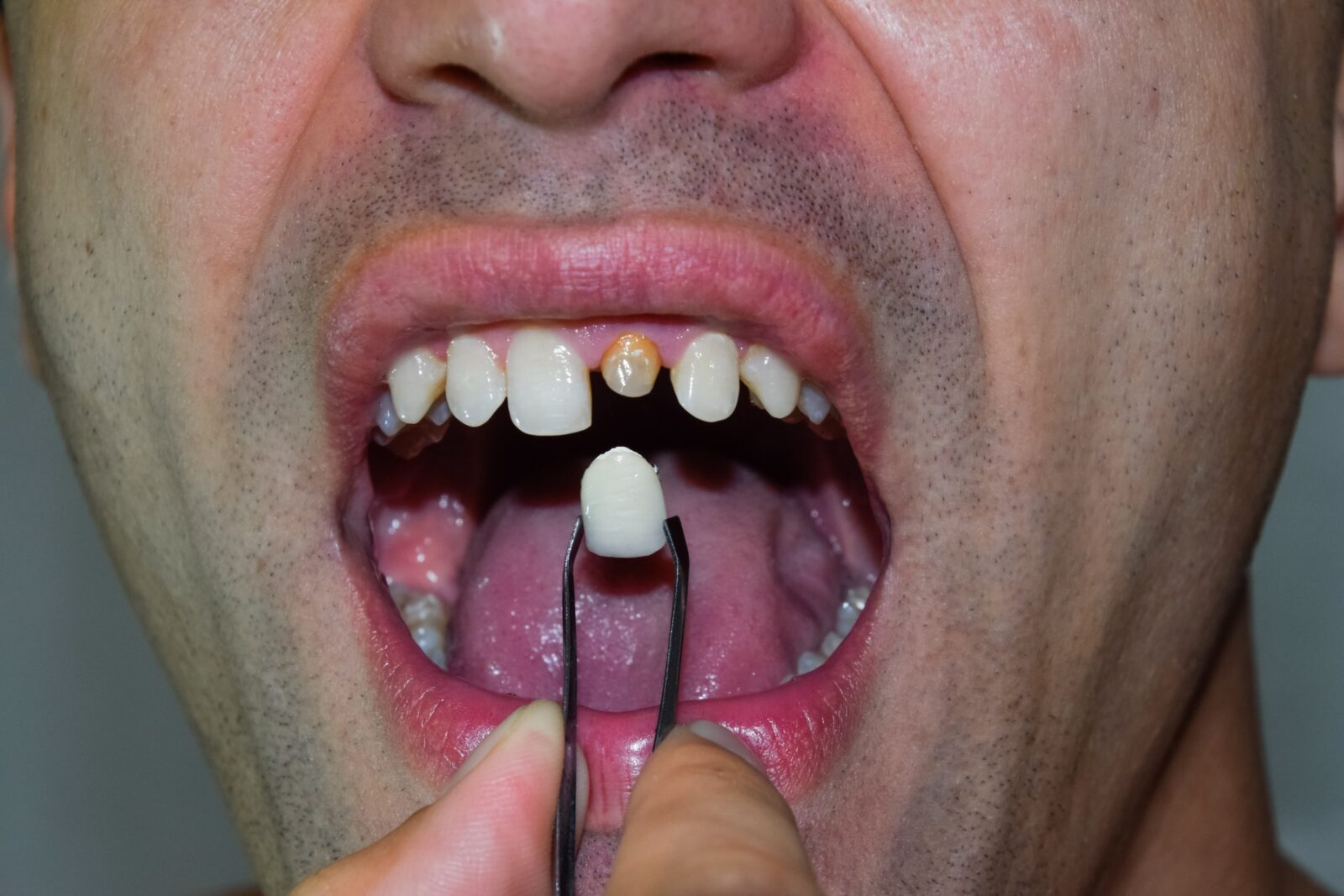
A damaged smile can impact confidence. Cracked, chipped, or decayed teeth hurt. They can also cause pain. Dental crowns offer a great solution. They restore both function and beauty. Let’s explore how they help.
Restore Both Function and Beauty
A dental crown completely covers a tooth. It acts like a cap. This restores its original shape. It also brings back its size. The crown makes the tooth stronger. It protects it from further damage. Your smile looks complete again.
What is a Dental Crown?
A crown is a custom-made restoration. It’s usually made from porcelain or ceramic. Sometimes metal or gold is used. It’s permanently bonded to your tooth. It looks and feels like a natural tooth. This makes it very discreet.
Protecting a Weakened Tooth
Teeth can weaken over time. Large fillings might compromise strength. A cracked tooth is vulnerable. A crown provides full coverage. It holds the weakened tooth together. This prevents it from breaking apart. It offers long-term protection.
Restoring a Broken or Worn Tooth
Accidents can break teeth. Grinding habits wear them down. Crowns bring back lost tooth structure. They rebuild the tooth’s shape. This allows for proper chewing again. Your bite alignment is also restored.
Covering a Misshapen or Severely Discolored Tooth
Some teeth grow oddly. Others become badly stained. Crowns offer an aesthetic fix. They cover the imperfect tooth completely. You choose the shade you desire. This creates a uniform, bright smile. Your teeth will look beautiful.
Supporting a Large Filling
When a cavity is extensive, a large filling is needed. This can weaken the tooth’s remaining structure. A crown can then protect it. It holds the tooth together securely. This prevents fracture in the future. It’s a smart long-term solution.
Completing a Root Canal Treated Tooth
Root canals save infected teeth. However, they can make teeth brittle. Crowns are often placed after a root canal. They protect the treated tooth. This prevents fractures from chewing forces. It’s essential for tooth longevity.
Anchoring a Dental Bridge
Missing teeth can be replaced. A dental bridge uses crowns. Crowns are placed on teeth next to the gap. These crowned teeth support the bridge. The bridge then holds artificial teeth. This restores your bite and smile.
The Crown Placement Process
It typically involves two visits. First, the tooth is prepared. A small amount of enamel is removed. Impressions are taken of your teeth. A temporary crown is placed. The second visit involves permanent placement.
Impressions of Your Teeth
Accurate impressions are crucial. They ensure a perfect fit. Digital scans are often used now. These create a 3D model. The lab uses this model. They custom-make your crown. This precision guarantees success.
Choosing the Right Material
Several materials are available. Porcelain offers great aesthetics. It blends perfectly with natural teeth. Zirconia is very strong and durable. It’s also aesthetically pleasing. Metal crowns are very strong. Your dentist will discuss options.
Porcelain Crowns: Aesthetics First
These crowns are tooth-colored. They reflect light naturally. They are ideal for front teeth. Their appearance is excellent. They are very popular for visible areas. They offer a beautiful, seamless look.
Zirconia Crowns: Strength and Beauty
Zirconia is a newer material. It’s incredibly strong. It resists chipping and cracking. It’s also very aesthetic. It’s a good choice for back teeth. Zirconia can also be used for front teeth. It offers a great balance.
Metal Crowns: Durability Matters
Gold and other alloys are used. They are extremely durable. They rarely chip or break. They are best for back teeth. Their color is not natural. But they offer maximum strength. They last a very long time.
Temporary Crowns for Protection
After preparation, a temporary crown is placed. It protects the prepared tooth. It maintains your bite alignment. It prevents sensitivity. You wear it while your permanent crown is made. Be gentle with it.
The Final Cementation
On your second visit, the permanent crown arrives. Your dentist checks its fit and bite. Any necessary adjustments are made. The crown is then permanently bonded. A strong dental cement is used. You can now enjoy your new tooth.
Post-Procedure Care
Care for your crown like a natural tooth. Brush and floss daily. Pay attention to the gum line. Avoid biting on very hard foods. Regular dental check-ups are essential. This ensures the crown’s longevity.
Longevity of Dental Crowns
With proper care, crowns last long. Many last 10 to 15 years. Some can last even longer. Good oral hygiene is key. Avoiding bad habits helps too. Regular dental visits prolong life.
Addressing Crown Problems
Crowns can sometimes chip or loosen. This requires a visit to your dentist. They can often repair or recement. If severely damaged, replacement is needed. Don’t ignore any issues. Prompt attention saves your crown.
Cost of Dental Crowns
The cost varies widely. Material choice affects price. Geographic location also plays a role. Insurance coverage might help. Discuss fees with your dentist. Consider the long-term benefits.
Benefits Beyond Aesthetics
Crowns don’t just improve looks. They restore proper chewing. They alleviate pain. They prevent further tooth damage. They enhance overall oral health. The benefits extend far beyond appearance.
Impact on Self-Confidence
A healthy, beautiful smile boosts self-esteem. You’ll feel better about yourself. You’ll smile more often. This positively impacts social interactions. It improves your quality of life. Crowns can be truly transformative.
Preparing for a Crown
Discuss all concerns with your dentist. Ask about the process duration. Understand post-procedure care. Good preparation eases anxiety. You’ll feel more comfortable with the treatment.
Dental Crowns for Children
Even children can get crowns. They are often stainless steel. Used for severely decayed baby teeth. They protect teeth until they fall out. This prevents pain and infection.
When a Crown is Not Enough
Sometimes, a tooth is too damaged. A crown might not be an option. Extraction might be necessary. Then, an implant or bridge replaces it. Your dentist will guide your decision.
Dental crowns effectively restore damaged smiles, protecting weakened teeth while enhancing appearance, offering a durable and aesthetic solution for lasting oral health.
